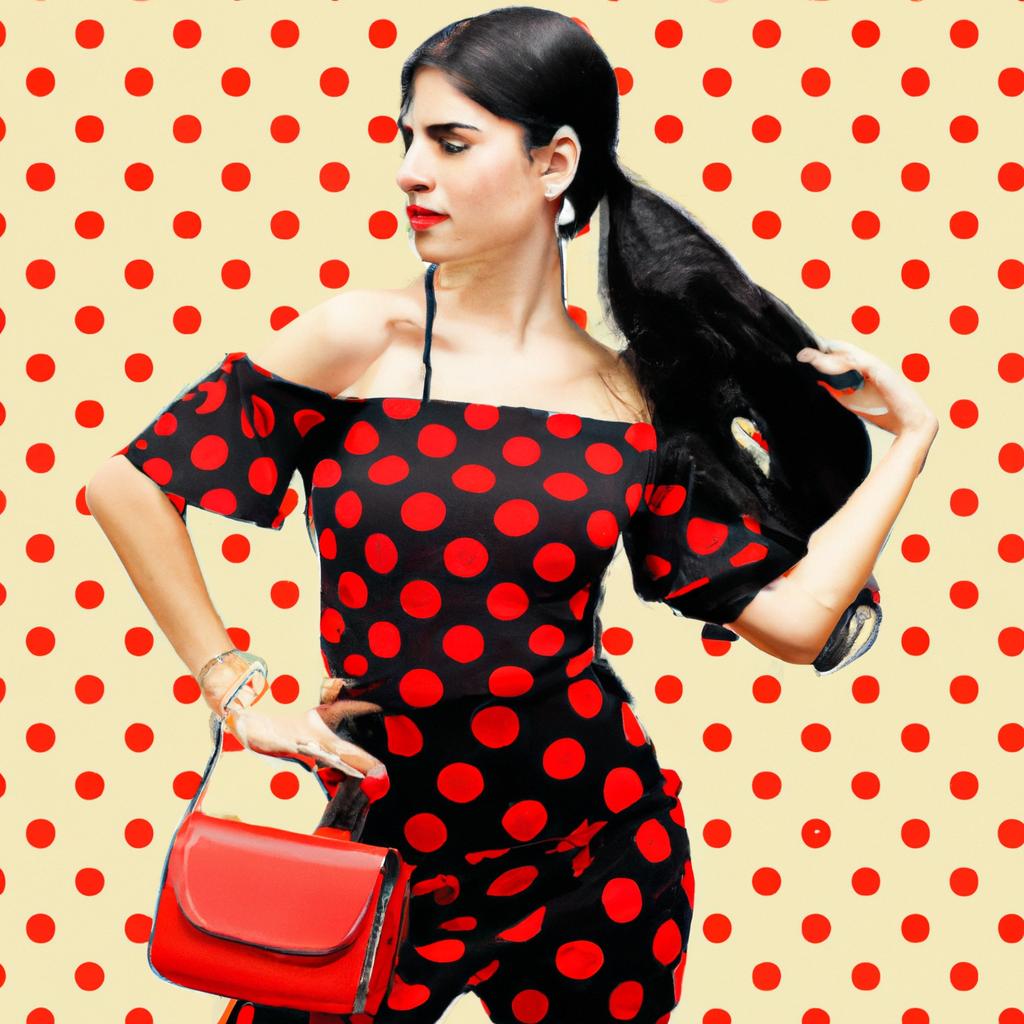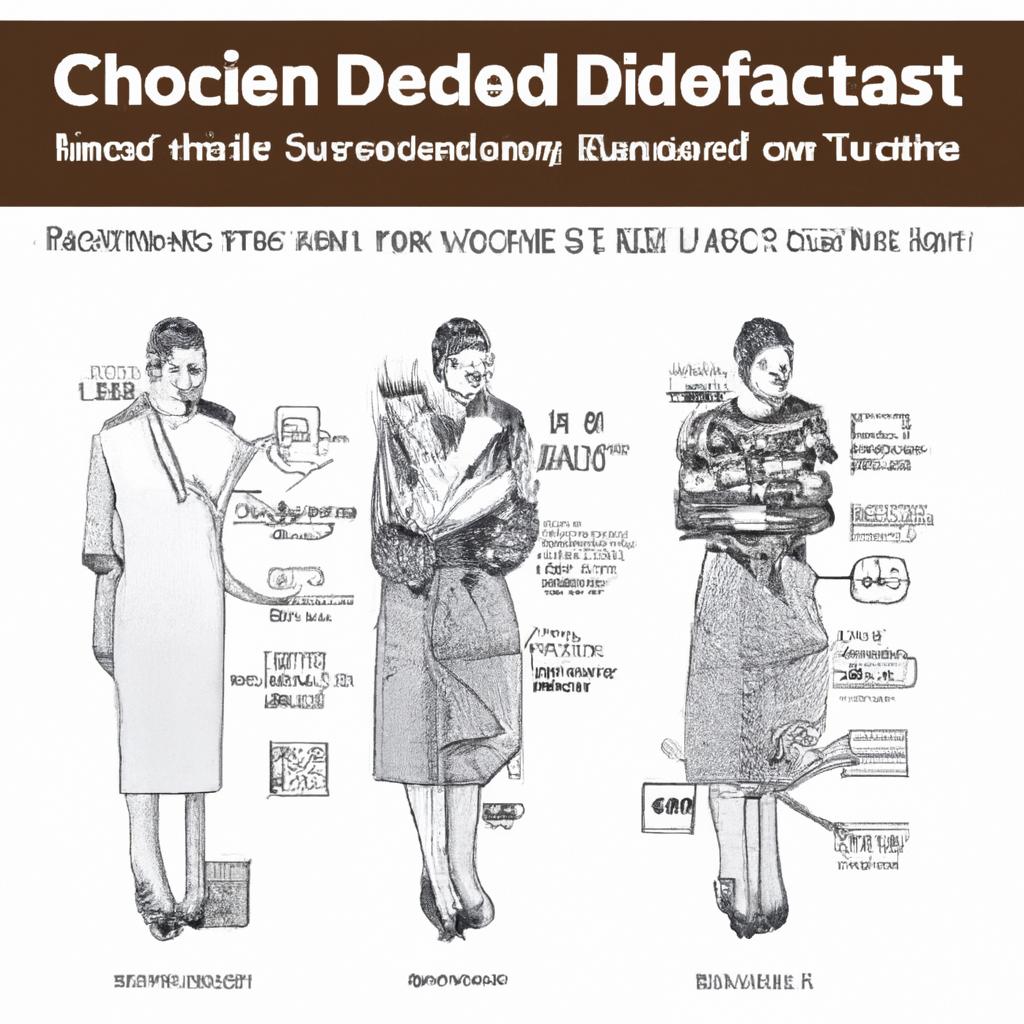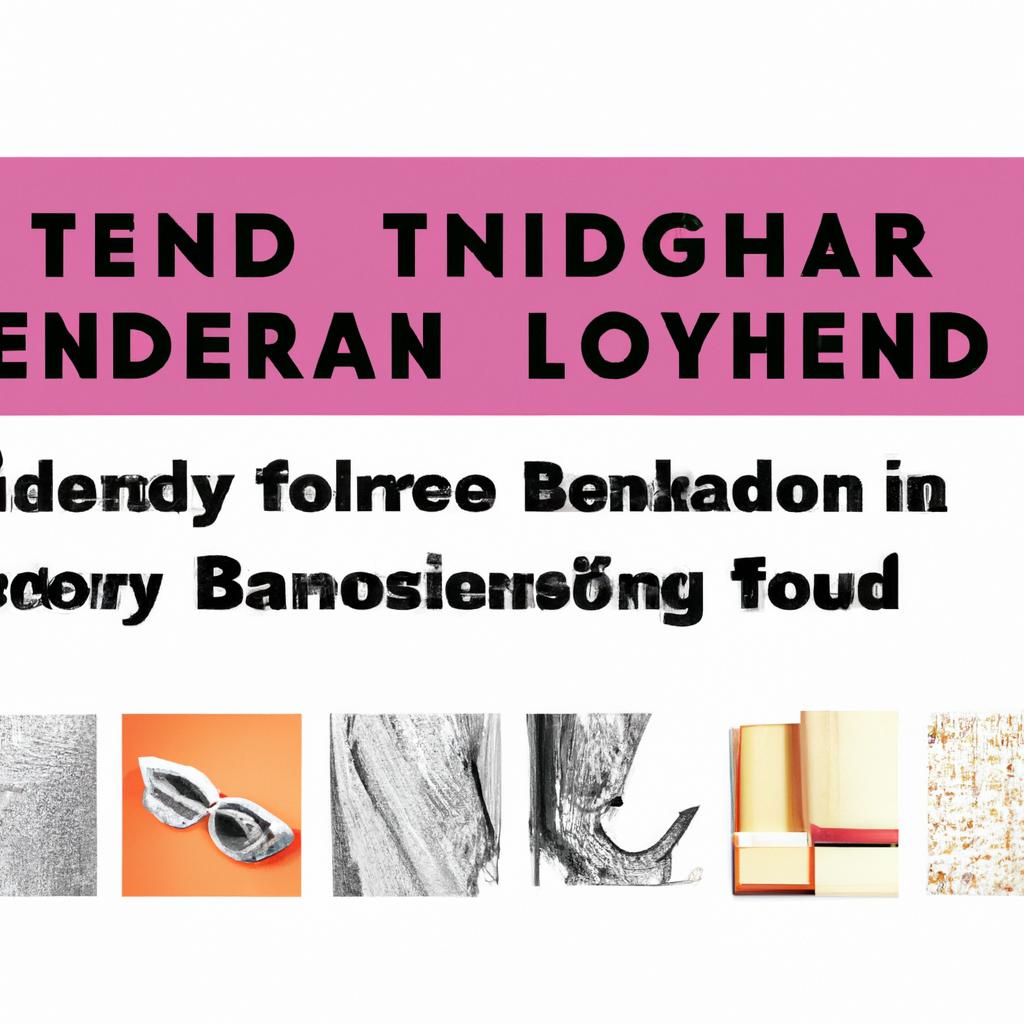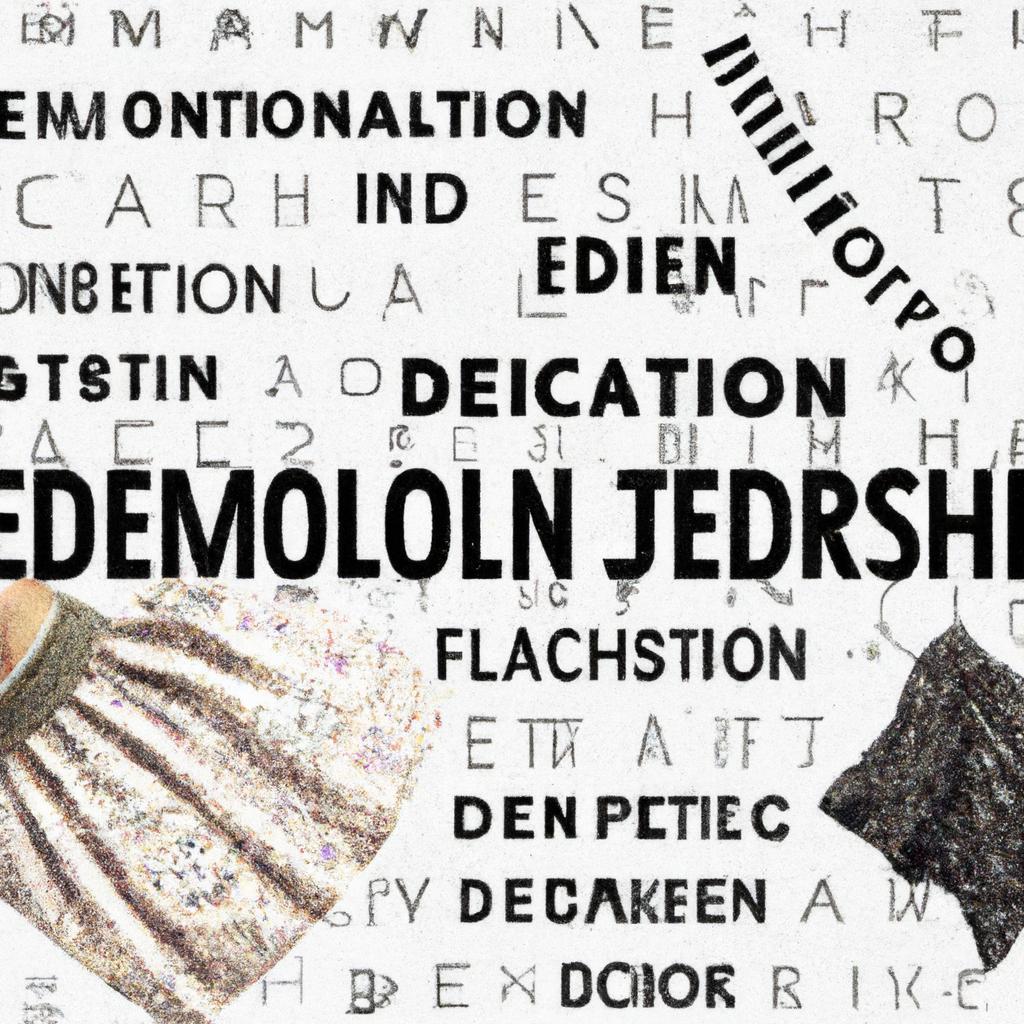Unlocking Fashion: A Deep Dive into the Terminology of The Fashion Encyclopedia
Fashion is more than just fabric draped over the body; it is a powerful language that communicates culture, identity, and innovation. Behind every trend, fabric swatch, and design concept lies a rich tapestry of terminology that lends depth and nuance to the industry. In “Unlocking Fashion,” we embark on an exploration of this intricate vocabulary as we delve into the pages of The Fashion Encyclopedia. Here, we will unravel the meanings behind iconic terms, dissect essential jargon, and illuminate the nuances that shape our understanding of style. Whether you’re a seasoned fashionista, a curious beginner, or simply interested in the dialogue that surrounds this dynamic field, join us on this enlightening journey to decode the lexicon that informs and inspires the ever-evolving world of fashion.

Exploring the Language of Style: Key Terms Every Fashion Enthusiast Should Know
The world of fashion is rich with a unique vernacular that allows enthusiasts to communicate style, technique, and trends with precision. Understanding key terms can transform your fashion discussions from mundane to intriguing. Consider the difference between avant-garde and couture—while both embody creativity, avant-garde refers to innovative and boundary-pushing designs, often seen on runways, whereas couture signifies the art of hand-sewn garments made to fit an individual client. Additionally, terms like streetwear and sustainable fashion highlight the evolving landscape of style, emphasizing casual, urban designs and environmentally-conscious practices respectively.
To further navigate this captivating lexicon, here are some essential terms that every fashion aficionado should embrace:
- Silhouette: Refers to the overall shape or outline of a garment.
- Fabrication: Indicates the materials used to create a piece, impacting texture and drape.
- Chic: Describes a fashionable and stylish look, often characterized by simplicity.
- Fast Fashion: The rapid production of inexpensive clothing to meet current trends.
- Tailoring: The art of fitting garments to achieve a refined appearance.
For a more organized overview, here’s a table summarizing some additional common terms along with their definitions:
| Term | Definition |
|---|---|
| Ready-to-Wear | Pre-made garments sold in standard sizes, accessible to consumers. |
| Textiles | Materials, like fabrics and fibers, used in garment making. |
| Pattern | A template used for cutting fabric to create a garment’s shape. |
| Lookbook | A portfolio showcasing a designer’s collection. |
| Trendy | Short-lived styles that gain popularity quickly. |
By deepening your understanding of these terms, you’ll find yourself better equipped to appreciate and engage with the captivating world of fashion.

Decoding the Craft: Understanding Fashion Techniques and Techniques
Understanding the myriad techniques of fashion design unravels the intricate tapestry that weaves together creativity and technical expertise. From the initial sketch to the final garment, each step involves a unique methodology that shapes the final aesthetic. Some of the essential techniques include:
- Draping: The art of arranging fabric on a dress form to create designs and patterns.
- Pattern Making: Translating designs into a template that can be used to cut fabric accurately.
- Seam Finishing: Techniques for securing fabric edges to prevent fraying and enhance durability.
- Fabric Manipulation: Methods of altering textiles through techniques like pleating, tucking, and layering.
As one delves deeper into these techniques, it becomes clear that fashion is not just about aesthetic appeal—it’s also about functionality. Every stitch and technique contributes to the overall wearability and comfort of the garment. Here’s a concise comparison of some popular fabric finishing techniques:
| Technique | Description | Best For |
|---|---|---|
| Overlocking | Uses multiple threads to finish edges. | Knits and stretchy fabrics. |
| French Seams | A seam enclosed within another seam. | Delicate fabrics for a clean finish. |
| Basting | Using long, loose stitches to hold layers temporarily. | Fitting muslins or while draping. |
| Bias Binding | Wrapping raw edges with a strip of fabric cut on the bias. | Creating a decorative edge and preventing fraying. |

Beyond Trends: The Evolution of Fashion Vocabulary in Contemporary Culture
As contemporary culture continues to evolve, so does the lexicon of fashion. What was once a niche vocabulary, reserved for the runway elites, has seamlessly permeated everyday life. Terms such as **”athleisure,”** **”sustainable fashion,”** and **”streetwear”** not only define genres but also reflect societal values and lifestyle choices. This linguistic expansion is shaped by various factors, including the rise of social media, which democratizes fashion discussions and exposes audiences to diverse styles and trends. The immediacy of platforms like Instagram and TikTok fosters a rapid exchange of ideas, leading to the emergence of new jargon that captures the zeitgeist, such as **”cottagecore”** or **”normcore.”**
Moreover, the importance of fashion vocabulary extends beyond mere semantics; it influences purchasing behavior and consumer identity. Understanding the nuances of terms can help individuals navigate the ever-complicated fashion landscape, allowing them to communicate effectively about their preferences. For example, differentiating between **”haute couture”** and **”pret-a-porter”** can alter one’s perspective on exclusivity and accessibility in fashion. To illustrate this evolution, consider the following table that compares some key fashion terms with their contemporary relevance:
| Term | Definition | Contemporary Significance |
|---|---|---|
| Streetwear | Casual clothing often associated with urban culture. | Reflects youth rebellion and inclusivity in fashion. |
| Fast Fashion | Inexpensive clothing produced rapidly to capture trends. | Raises ethical questions regarding sustainability and labor. |
| Capsule Wardrobe | A minimalist approach to fashion with a limited selection of versatile pieces. | Promotes sustainability and mindful consumption. |
Closing Remarks
As we wrap up this exploration of “Unlocking Fashion: A Deep Dive into the Terminology of The Fashion Encyclopedia,” it becomes clear that the vocabulary of fashion is more than mere jargon; it is the key to understanding a vibrant, ever-evolving world. From the intricacies of fabric types to the nuances of style movements, each term serves as a building block, creating a robust framework within which creativity flourishes.
In our journey through this expansive lexicon, we’ve glimpsed how terminology shapes our perceptions, influences trends, and connects us to the broader narrative of cultural expression. Just as a designer meticulously selects materials and patterns to convey a vision, so too does the language of fashion allow us to articulate our own identities and aspirations.
As we close the pages on this chapter, we invite you to continue your own exploration. Whether you’re a seasoned fashionista or a curious novice, the world of fashion language awaits your discovery. Embrace the challenge to decipher, interpret, and, ultimately, redefine what fashion means to you. After all, in a landscape where change is constant, knowledge remains your most stylish accessory.

